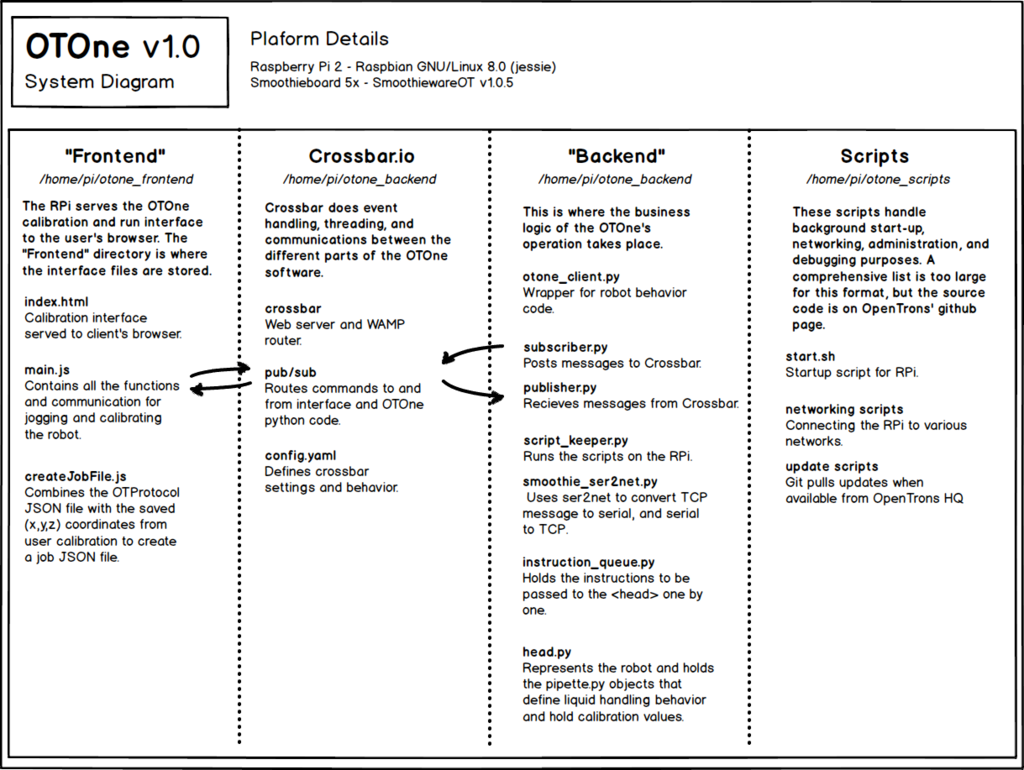

hgsub and hg commit your changesĪt this stage your subrepository is set up.

This mapping is very simple and exists as local_subrepo_path = external_repo_path (where local_subrepo_path is relative to the root of your main repository and external_repo_path can be a relative/absolute/url to your external sub repository). Use a text editor (or command line) to add a mapping to your.hgsub (this will store meta data about the subrepo mappings, similarly to how you might store ignore rules within the. Navigate to the root of your main repository and create a file named.In your main repository, create a folder (ideally close to the root) to house your subrepository mkdir subrepo.This can be achieved fairly easily be carrying out the following steps. Take repository “repoB” and include it as a remote subrepo in the main repository “repoA”. After following the official mercurial subrepo docs, I found that getting a simple subrepo set up is fairly trivial. An example of how you migh use this could be that your main application “repoA” wishes to include/house a particular library stored in remote “repoB” and wishes to keep fully in sync with “repoB”, pulling in new changesets (and also perhaps pushing new contributions / bug fixes).Īs it turns out Mercurial’s support for subrepos works a treat and is definitely something I wish I had looked into sooner.

Mercurial Subrepositories allow you to have a standalone repository included within a parent repository. This evening I decided to investigate Mercurial Subrepositories (something which I had been putting off for some time due to their apparent non-trivial usage).


 0 kommentar(er)
0 kommentar(er)
